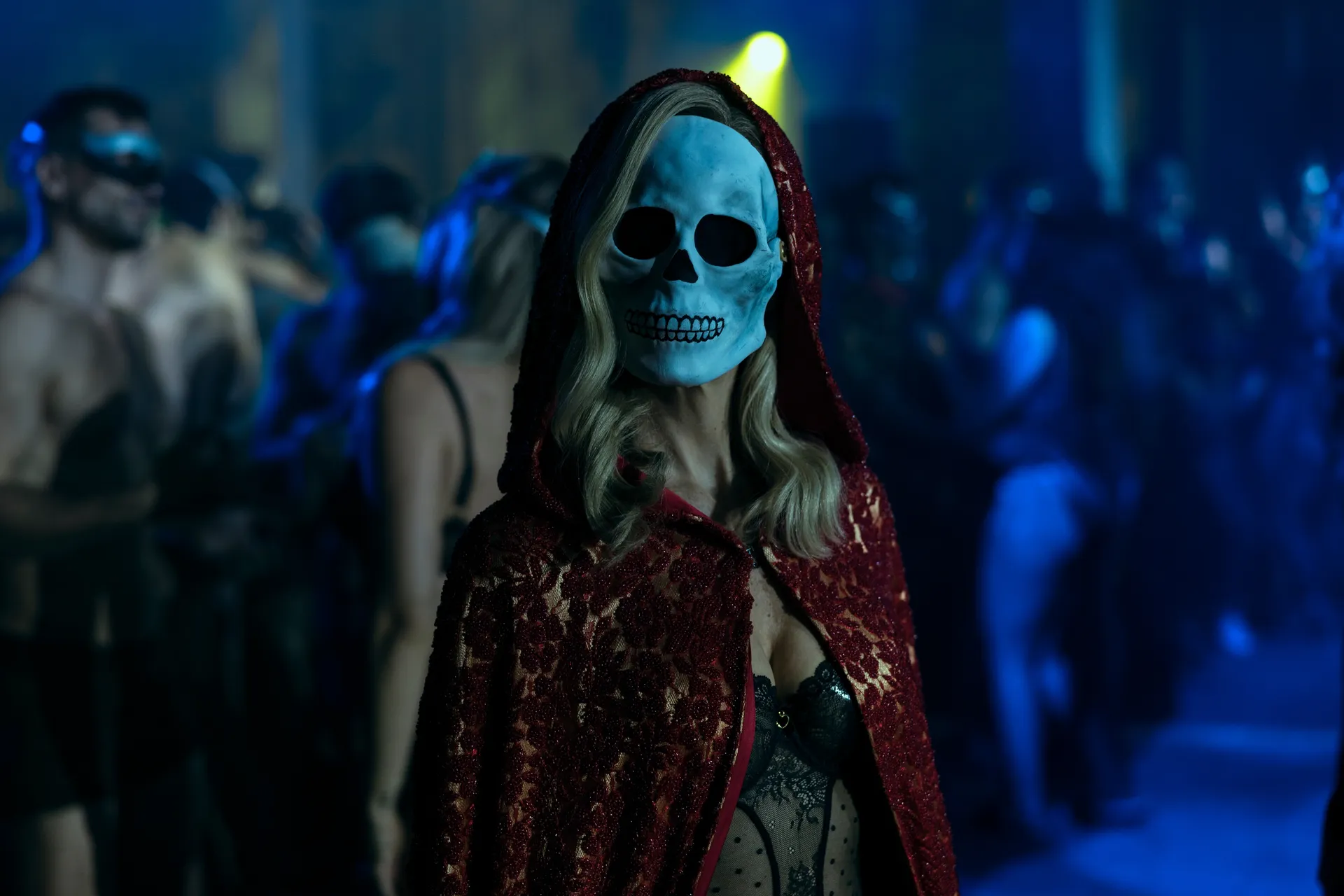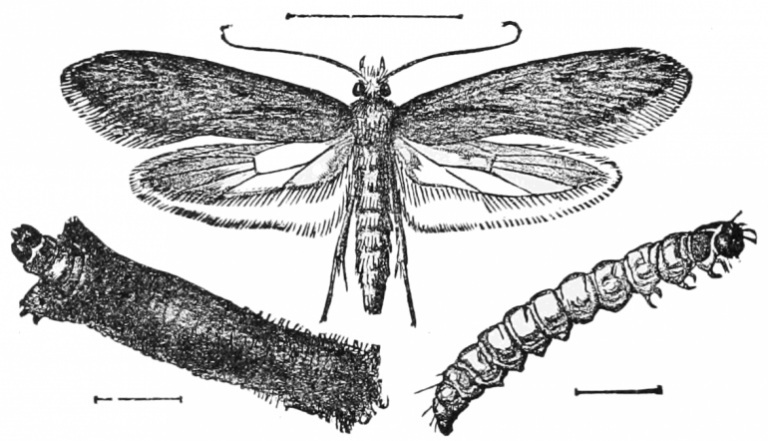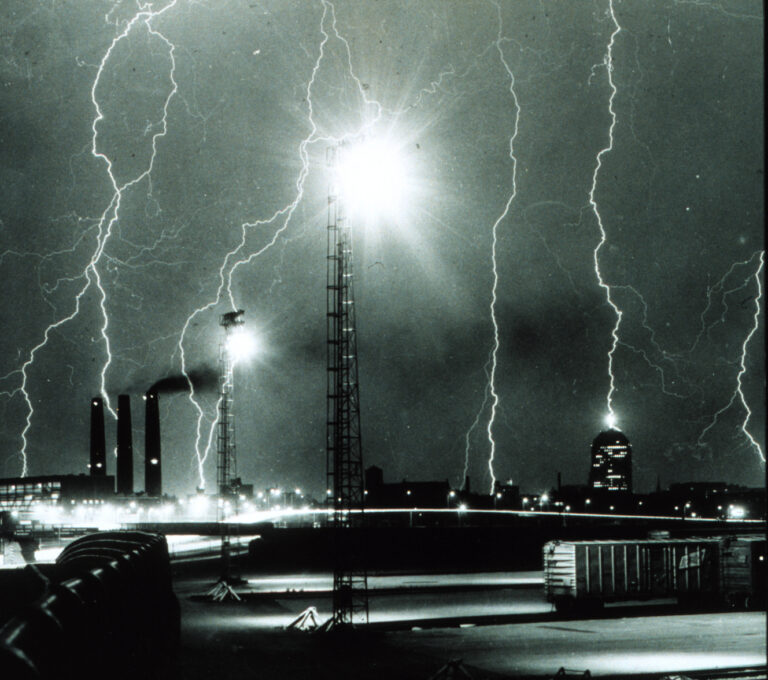The Plague of Structural Inequity in The Fall of the House of Usher

“The Masque of the Red Death,” Edgar Allan Poe’s 1840 short story of pandemic and class violence, begins with a description of an abbey. The dissolute Prince Prospero, whose kingdom has been devastated by a bloody, painful disease known as the “Red Death,” has retreated into “deep seclusion” with one thousand of his subjects to a castellated abbey:
A strong and lofty wall girdled it in. This wall had gates of iron. The courtiers, having entered, brought furnaces and massy hammers and welded the bolts. They resolved to leave means neither of ingress or egress to the sudden impulses of despair from without or of frenzy from within. The abbey was amply provisioned. With such precautions the courtiers might bid defiance to contagion. The external world could take care of itself. In the meantime it was folly to grieve, or to think. The prince had provided all the appliances of pleasure. There were buffoons, there were improvisatori, there were ballêt-dancers, there were musicians, there were cards, there was Beauty, there was wine. All these and security were within. Without was the “Red Death.”
Never one to resist describing gothic buildings, Poe revels in the abbey’s details, lingering on the contrast between the impenetrability of its structure and the unbounded permissiveness of the party within. Prospero and his courtiers think themselves safe, having shut themselves out from the outside world. But Poe and his readers, living as they were in the wake of the second cholera pandemic, would have felt the scene’s sense of moral outrage and dramatic irony. Wealth and power permit the revelers escape, their seclusion and seeming safety. But hammers and bolts cannot block disease. It slips in with the other partygoers, moving from room to room in sudden and devastating effect until “Darkness and Decay and the Red Death held illimitable dominion over all.”
In Mike Flannagan’s latest critically acclaimed horror series, The Fall of the House of Usher, Flannagan adapts and transforms Poe’s literary oeuvre, re-telling Poe’s most famous works against the backdrop of the contemporary opioid epidemic. Centered around the dissolute Usher family who control Fortunato, a pharmaceutical company responsible for peddling a highly addictive drug called “ligodone,” Flannagan’s series serves as part campy, queer horror fest and part searing critique of the intersection of public health and wealth accumulation under late stage capitalism. While the series itself is a bit uneven (as characters die, inevitably the balance between horror-camp and social critique begins to tip), nowhere is the series more successful than in its second episode. It concerns the youngest son of the Usher family, Prospero “Perry” Usher. The show shifts the Red Death from castellated abbey to pharmaceutical warehouse, from a mysterious bleeding sickness to (spoiler) a mid-orgy acid bath.
What Flannagan has understood from Poe—and adapted so beautifully in this episode—is the true horror of the intersection of wealth and disease. It is not simply that wealth makes escape from pandemic at least (somewhat) possible. It is Poe and Flannagan’s understanding of the structural nature of the violent intersection of class privilege and disease.
We can see as much in tracing one of Flannagan’s most interesting alterations to Poe’s story. In Poe, Prospero is “happy and dauntless and sagacious.” Poe aptly contrasts this happy gregariousness with the desolation of Prospero’s people in a clear condemnation of his actions. In lingering over the details of his party, however, Poe revels in Prospero’s plans: they are “bold and fiery” and glow “with barbaric lustre.” Prospero himself has the appearance of a certain manic madness, but seeing and hearing and touching Prospero showed “that he was not.” There is in Poe a sort of dark admiration for the brightness of Prospero’s pandemic party. It is an energetic, even manic, defiance of rigidity, civility, and structure from within the very rigid, sealed-in walls of the abbey itself.
In Flannagan’s Perry, we can see that same edge of admiration developed and explored. Perry is a socialite and party boy. In defiance of his family, who see him as crazy, clueless about business, nothing more than the “extra bastard” son of his father’s brief affair with a blackjack dealer in Cannes, Perry throws a massive, wildly ambitious party in one of their condemned properties. It’s a foolish and poorly thought-out decision—he never pauses to ask why the property is abandoned—but it is also a creative and impressive act of rebellion against his family and their assumptions about his capability. That we are meant to recognize and sympathize with that desire in Perry is made evident in a lengthy conversation Perry has with Verna, the spirit of “consequence” who is facilitating the downfall of the Ushers. “You are consequence,” Verna tells Perry, “and tonight you are consequential.” He has succeeded in building something despite his family’s derision.
What stands out in this sympathetic representation of Perry is how it pulls out the sheer hypocrisy—and the underlying true, structural evil—of his family. Part of the “bold and fiery…barbaric lustre” of Perry’s rave is in the chaotic world of club kid drug culture that shapes it: molly, ketamine, GHB, even some Viagra. Pills and powders are everywhere, shaping the wild liveliness of those at the party. Rather than condemning drug use, however, as we might expect from a show about the crisis of the opioid epidemic, Flannagan makes brutally clear that it is not this wealthy drug culture that is at the heart of the epidemic.
That’s Fortunato: the pharmaceutical company. When Perry dies along with the other revelers in a beautiful and gruesome scene in which chemical waste rains down, we are made aware of Perry’s impetuosity. But Flannagan won’t let us forget that it is the company, attempting to avoid EPA fines, that created and abandoned the toxic waste. It was the company and his father’s regulation-breaking urgency to build more and more profit at the expense of environmental and public safety that led them to experiment with these chemicals in the first place.
And it is this company, and its compulsive obsession with wealth accumulation that feeds, that creates, the opioid epidemic. During this episode, Roderick Usher, Perry’s father, engages in the first in a series of confessions of his sins and life choices. When his confessor, Auguste Dupin, an Assistant United States Attorney trying him for his role in the opioid crisis, asks him, “How much money would make you say, ‘We did it?’ Does that number even exist?” Roderick pauses, seemingly stymied before replying, “That’s an idiot question. Of course not.”
This brings us back to Poe and Prospero’s abbey. Poe’s interest in the structure of the abbey is distinctive; in a story so narratively spare, the lush detail does much of the narrative work. The iron gates, the strong walls, all undergird the resolution “to leave means neither of ingress or egress to the sudden impulses of despair from without or of frenzy from within.” The second cholera pandemic of 1829–37 began in India but leapt to China, Europe, and the Americas, spreading along trade routes and leaving millions dead. Following the first cholera pandemic (1817–24) closely, fears were high. By the time cholera made its way into the United States, American society was gripped by widespread fear and medical conspiracy theories. Accounts that doctors were “Burking” cholera patients, killing them and then using them for dissection, spread widely from England. And fears of cholera fed anti-immigrant, anti-poverty sentiment. Opining the flood of poor immigrants to the cities of Cincinnati and St. Louis, former mayor of New York Philip Hone lamented that the “Irish and Germans…filthy, intemperate, unused to the comforts of life and regardless of its proprieties…flock to the populous towns of the great West, with disease contracted on shipboard, and increased by bad habits on shore. They inoculate the inhabitants of those beautiful cities…The air seems to be corrupted.”
Cholera, a bacterial infection that spreads via contaminated water, was more rampant among the poor and immigrants. Despite Hone’s words, this was not because of an inherent contagion within them but because of the unsanitary construction of city life. The problem was quite literally structural. The poor residential districts, often located in “low ground” areas of a city where wastewater accumulated, were unable to escape the contaminated sewage that made its way into their homes and drinking water. The wealthy, however, could flee to higher ground.
When the Red Death appears at Prospero’s party, it seems a sort of justice. Disease comes for the wealthy who would leave the poor to their fate. More than that, however, when Poe lingers over the abbey’s structure, we are reminded that Prospero didn’t build the abbey. He welded the doors shut and brought his party to life, yes, but the building, the escape, was already there. In the same way, Perry didn’t pump the acid into the water supply. Poe and Flannagan both linger over structures here: buildings that erect boundaries between poor and elites, that in the end trap and ensnare. The violence and horror of both Red Deaths comes in the wealthy’s willful retreat into the seeming safety and protection of these buildings. In failing to contend with the larger structures, the inequalities that make retreat into those buildings possible, both Prospero and Perry unwittingly open up the space for violence and horror. But it is not, Poe and Flannagan remind us, either Prospero who created them. “Does that number exist?” asks Dupin. Is there enough money, safety, security to ever be enough? “That’s an idiot question. Of course not.”


